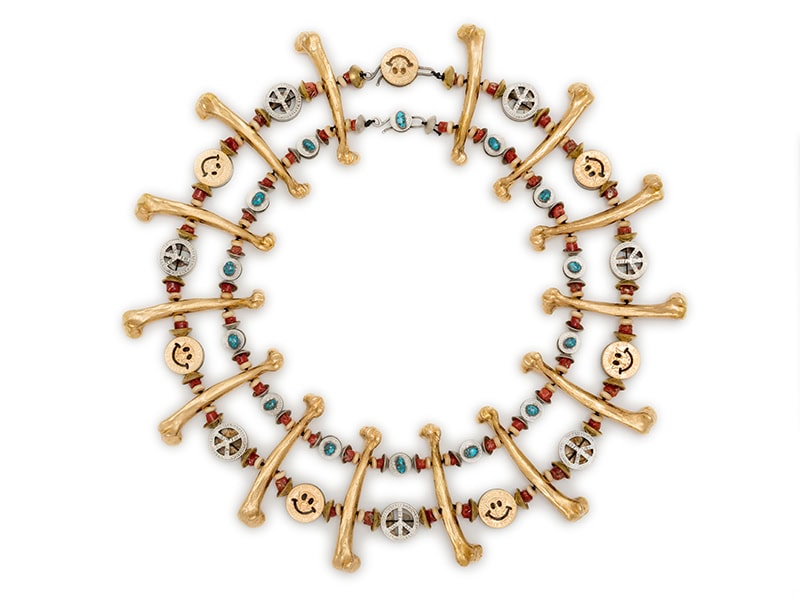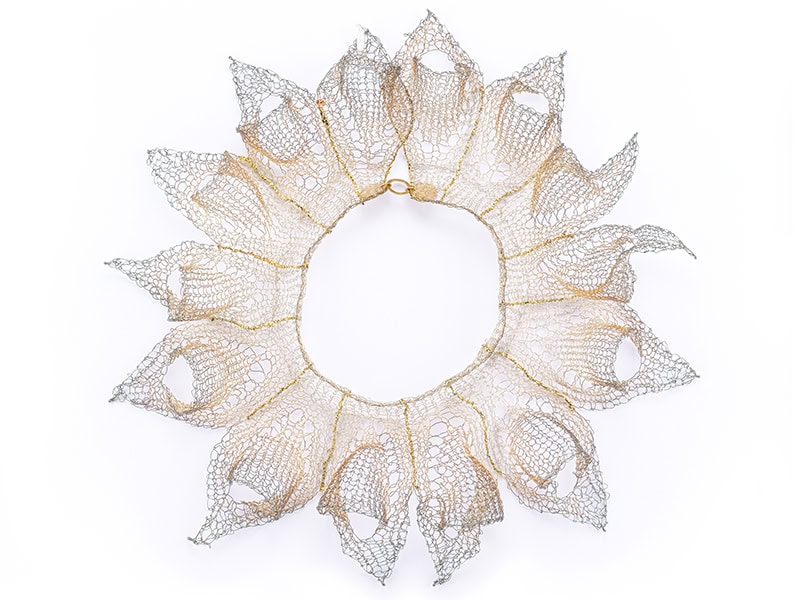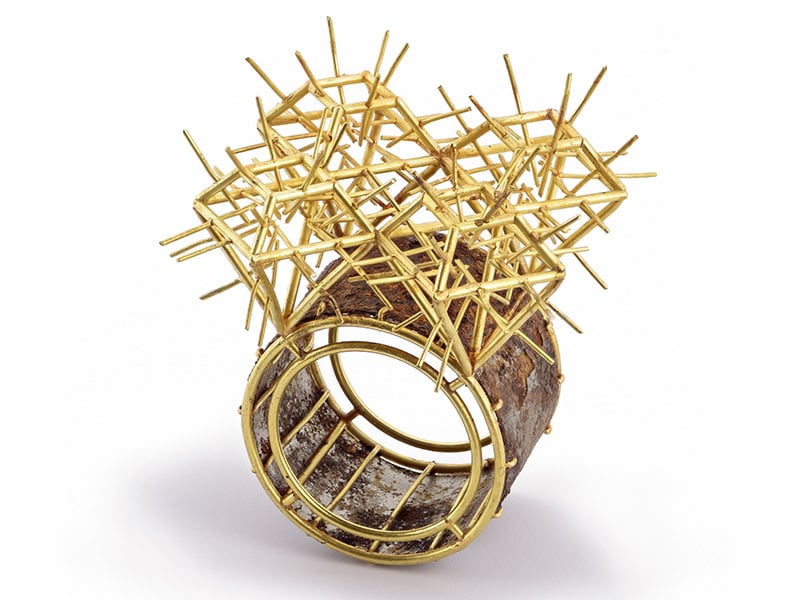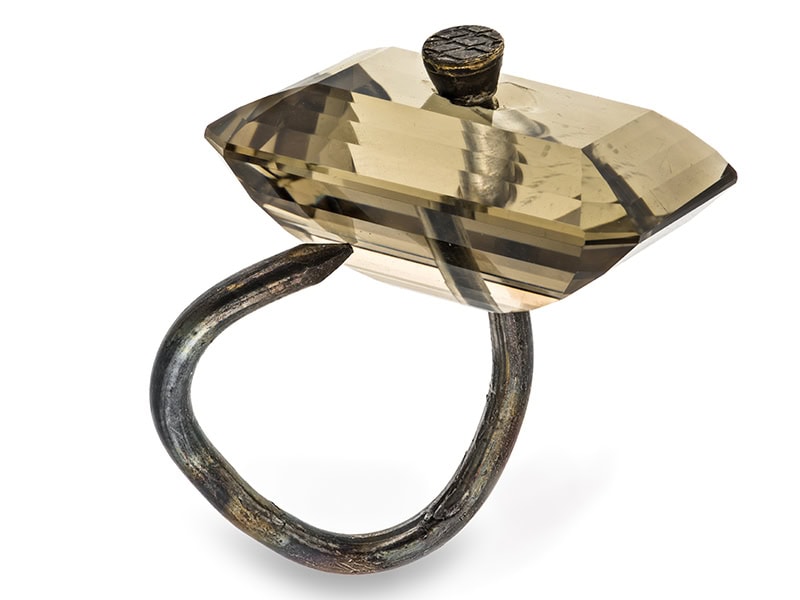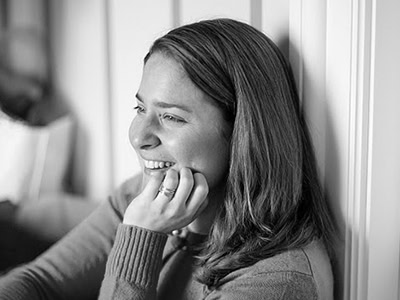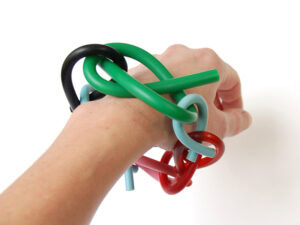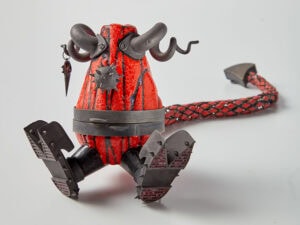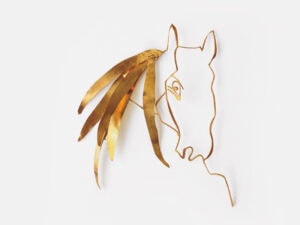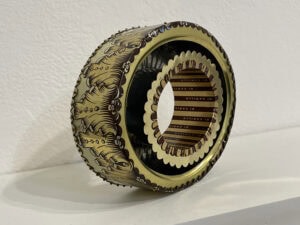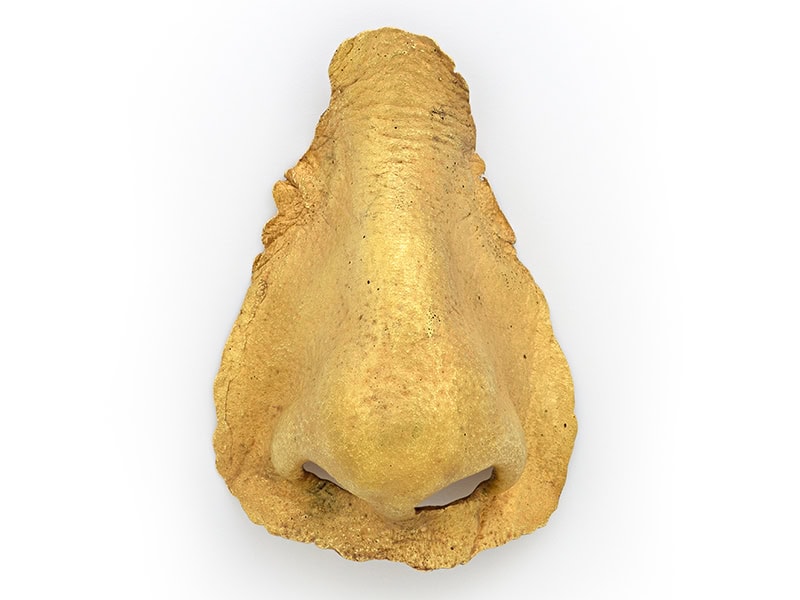
When collector Lois Boardman wore her gold nosepiece, by German jeweler Gerd Rothmann, to the supermarket, customers averted their gaze. It was strange and, she supposed, may have appeared to be a prosthetic. The piece was not a false appendage. It was made using an impression of Boardman’s real nose taken with the help of her dear friend, the ceramist Ralph Bacerra. Rothmann’s “body prints” are intended to give the wearer the feeling of something bespoke, something so special they identify with it completely. While Rothmann certainly achieved this for Boardman, the chosen body part clearly had a powerful impact on her fellow shoppers as well.
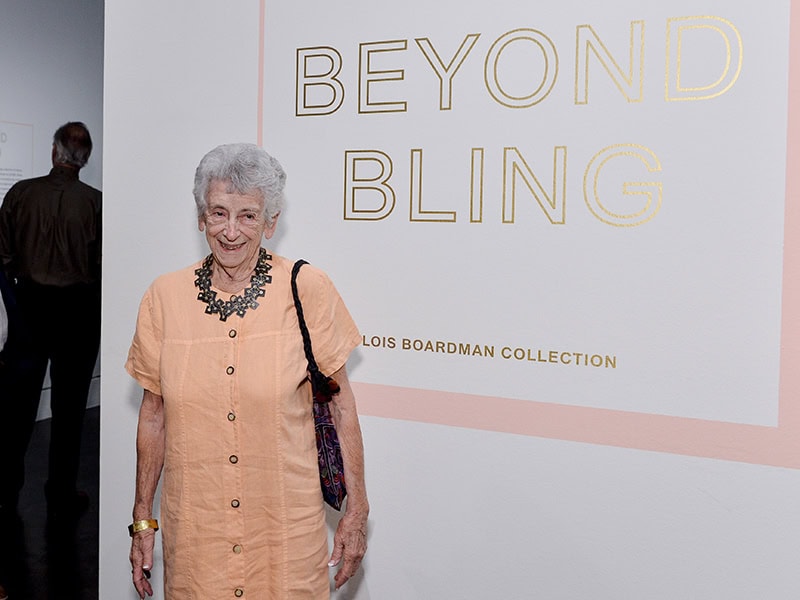
This anecdote about wearing a gold nose to the grocery store exemplifies two very important aspects of Boardman—her staunch support of artists, and her indelible sense of humor and fun. The Lois Boardman Collection, which was generously donated to the Los Angeles County Museum of Art (LACMA) by Boardman and her husband, Bob, was assembled to provoke and foster conversation: to prompt the question “what are you wearing?” (Not “who are you wearing?” as the red carpet refrain goes.) In a city legendary for its glamour and glitz, this collection encourages discussions about how jewelry communicates powerful messages besides the wearer’s wealth and status.

This extraordinary collection was gathered by a longtime admirer and advocate of contemporary art and design in general, and jewelry in particular. Born in Chicago, Lois Myer was studying in Lausanne, Switzerland, when she met her future husband. They settled in Southern California in 1959. Always avidly interested in the arts, Boardman studied ceramics with Bacerra at the Chouinard Art Institute (now CalArts). She began working at the avant-garde Pasadena Art Museum (PAM, now the Norton Simon Museum) in 1964, organizing programming, most notably an underground film festival. In 1969 she joined the Pasadena Art Alliance, initially founded to support the PAM and now an independent group supporting contemporary art throughout Southern California. She served as an active member and on its board for more than 45 years.
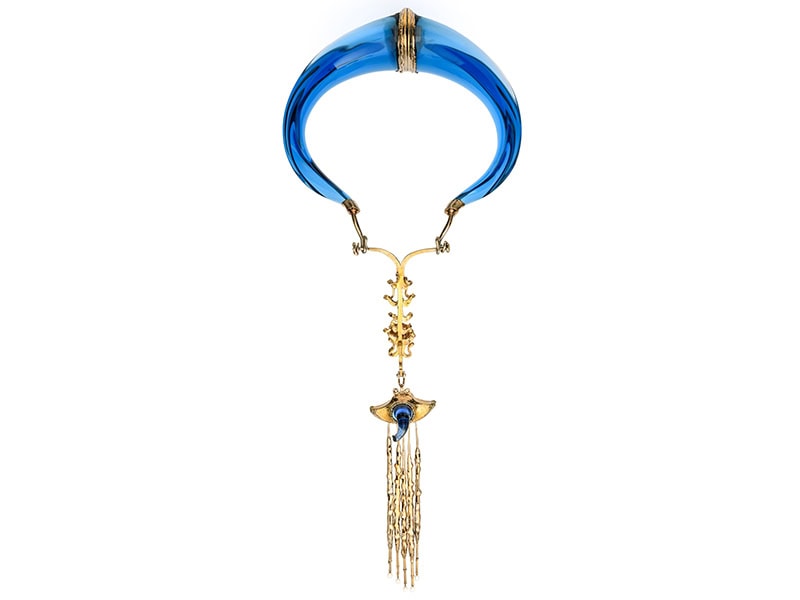
From 1978 to 1985, Boardman served as director of California Design, an independent nonprofit (at one time affiliated with the PAM) that curated exhibitions and produced publications about design in California. The first director, Eudorah M. Moore, a passionate advocate for craft and design and Boardman’s great friend, built the small exhibition program into a powerhouse, securing national press coverage and publishing beautifully illustrated catalogs. When Moore resigned in 1978 to become crafts coordinator for the National Endowment for the Arts (NEA), Boardman assumed the role of director.
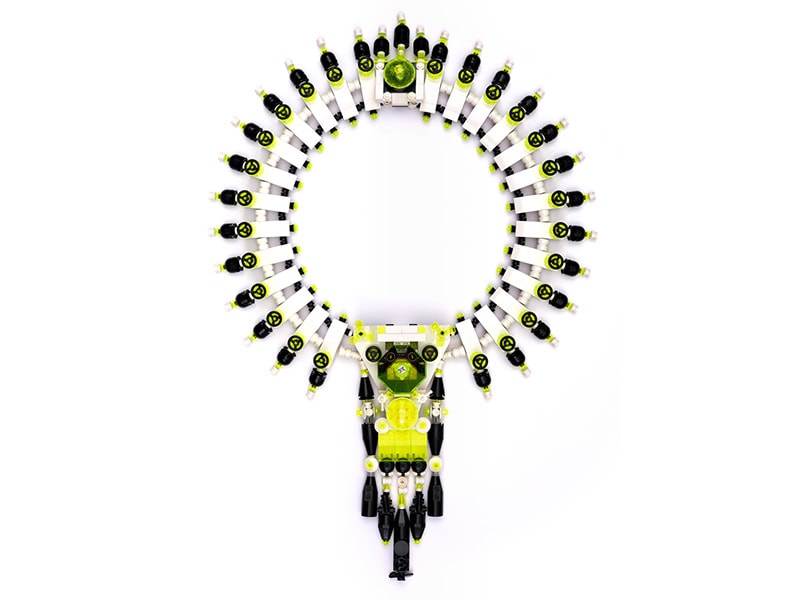
In 1980, Moore invited Boardman to participate in the NEA-sponsored National Crafts Planning Project, the mission of which was studying the needs of America’s craftspeople to create an action plan to advance the field. At a meeting at Black Mountain College, Boardman met the indomitable craft collector and gallerist Helen Drutt, initiating a decades-long friendship. Drutt and Boardman carried on a multiyear dialogue about contemporary jewelry, discussing the merits and virtues of each piece. Boardman also traveled frequently to Schmuck, the annual jewelry fair in Munich, and when Drutt closed her gallery, in 2003, Boardman continued collecting through a wider circle of dealers.
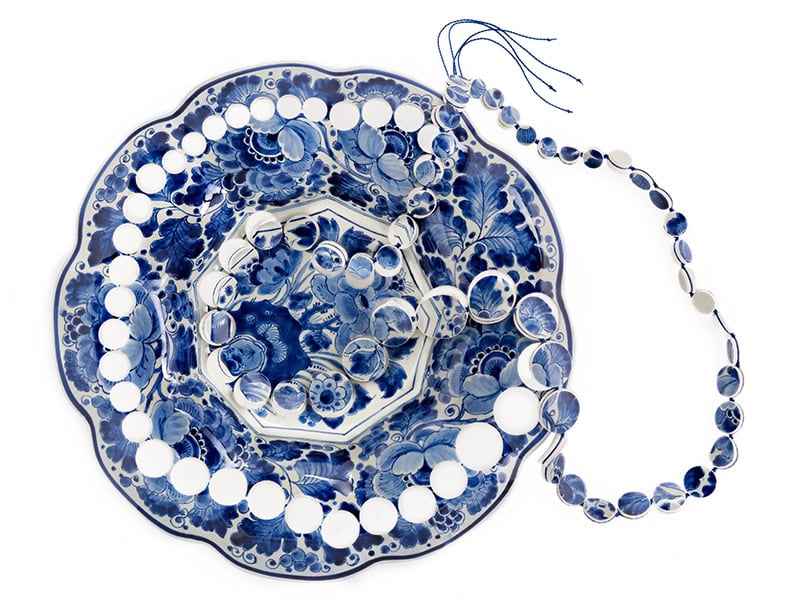
LACMA has gladly accepted Boardman’s incitement to debate what jewelry means beyond the conventional associations of adornment. The collection comprises more than 300 objects and reflects the contemporary jewelry movement’s full chronological, geographic, and typological scope. It exemplifies many of the movement’s central precepts, namely a critical examination of the values of the conventional jewelry industry, the use of nontraditional materials and techniques, explorations of the work’s relationship to the body, the expression of personal or political messages, and the potential to shock and delight. Built in Los Angeles, the collection has a distinctly Western point of view. It is especially strong in work by West Coast jewelers, such as Arline Fisch, Helen Shirk, and Nancy Worden. At an encyclopedic art museum like LACMA, the collection can be shown alongside art from across time and around the globe to show how ideas embedded in the notion of jewelry are universal.
Boardman’s advocacy for contemporary jewelry was contagious. Independent curator Jo Lauria recalls that “the power and urgency of Lois’s message—conveyed through the ever-present brooch, necklace, and ring she would be wearing at every occasion—struck a chord in me. It propelled me to join her rank of disciples who appreciated, supported, and advocated for studio jewelers who make bold statements with their hands, minds, and tools. Lois was a champion of contemporary jewelry and she will be dearly missed; such a spirit is irreplaceable.”
Boardman was a lot of fun. During the summer when Rosie Chambers Mills and I catalogued the donated jewelry, we spent one day per week in Boardman’s art-filled home in South Pasadena. She always provided a hearty lunch in her big dining room filled with ceramics by Peter Shire and other friends, and regaled us with stories about her art world adventures. She always begged us to take a dip in the pool. (I regret we never did!)
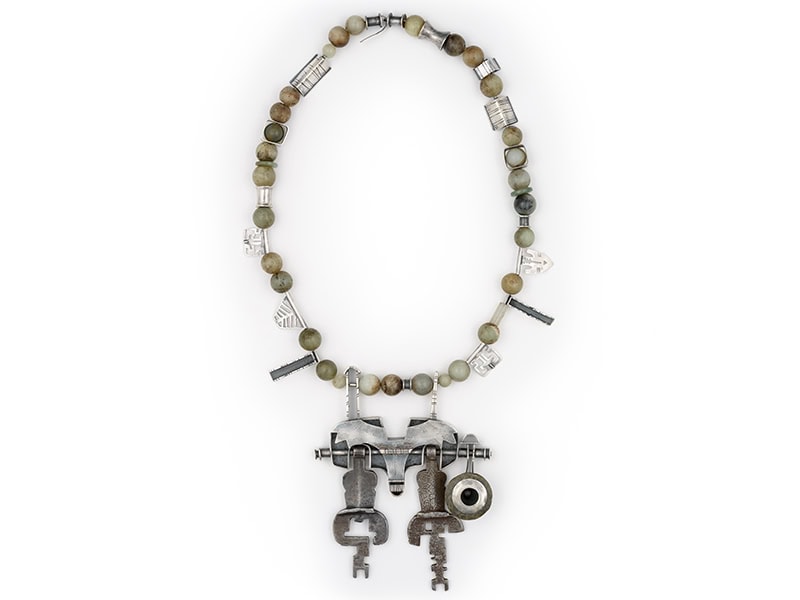
Boardman’s generosity to LACMA, Los Angeles, and the world of contemporary jewelry is irreplaceable. Her spirit lives on through the collection and the many wonders that it contains.
Adapted from Mills, Rosie Chambers, and Bobbye Tigerman. “Introduction.” In Beyond Bling: Contemporary Jewelry from the Lois Boardman Collection. Los Angeles County Museum of Art, 2016.
We welcome your comments on our publishing, and will publish letters that engage with our articles in a thoughtful and polite manner. Please submit letters to the editor electronically; do so here. The page on which we publish Letters to the Editor is here.
© 2025 Art Jewelry Forum. All rights reserved. Content may not be reproduced in whole or in part without permission. For reprint permission, contact info (at) artjewelryforum (dot) org
